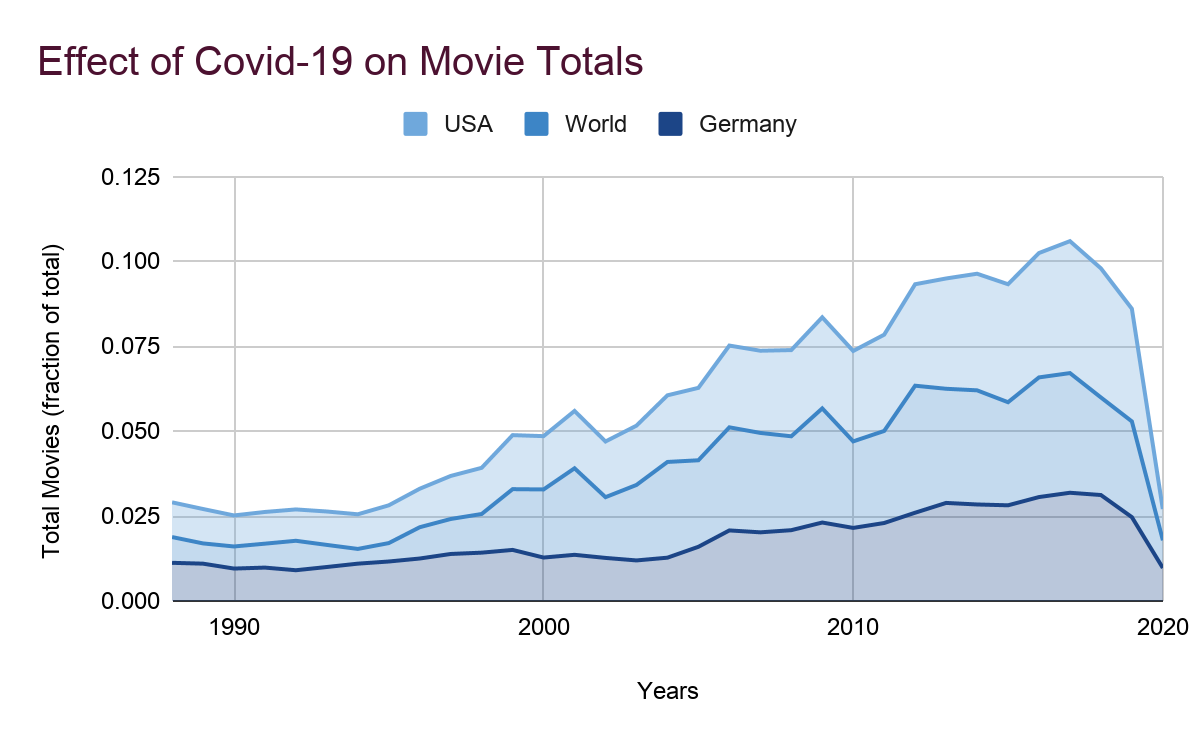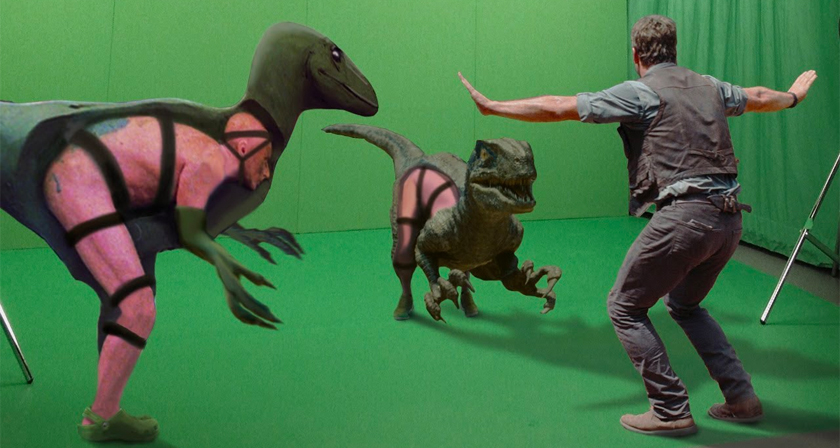How to Master the Art of Movie Distribution and Marketing
Learn to master the art of movie distribution and marketing with our expert tips. Discover effective strategies for success in movie.

Demystifying the Movie Distribution and Marketing Process
The world of filmmaking is a captivating realm where creativity converges with commerce. Behind every blockbuster or indie gem lies an intricate process of movie?distribution and marketing.?This process is essential to bring a film to its audience, generate buzz, and ultimately ensure its success at the box office or through digital platforms. In this comprehensive guide, we will delve into the multifaceted world of movie distribution and marketing, shedding light on the key steps and strategies involved.
Movie Distribution
Film Acquisition
The journey of a film's distribution begins with film acquisition, where production companies and distributors scout for potential projects.?These can be films produced in-house or independently made. Once a film is chosen, distribution rights are secured, allowing the distributor to control how the film will be released in various markets.
Preparing for Distribution
Before a film can be distributed, it must undergo several crucial preparations:
A. Classification and Ratings: Films are typically classified and rated by relevant authorities to ensure they are suitable for specific audiences.
B. Legal Clearances: Legal issues, such as copyrights and contracts, must be resolved to avoid any hindrances during distribution.
C. Technical Requirements: Films are prepared in various formats for different platforms, including digital, 35mm, and 70mm.
Distribution Channels
The distribution landscape has evolved dramatically in recent years. Films can now be distributed through various channels:
A. Theatrical Release: This is the traditional way of distributing films, where they are shown in cinemas.
B. Home Video: DVDs, Blu-rays, and digital downloads offer audiences the chance to watch a film in the comfort of their homes.
C. Streaming Platforms: With the rise of streaming giants like Netflix, Amazon Prime, and Disney+, many films are now released directly on these platforms.
D. Television: Films can be broadcast on television networks, cable channels, or video-on-demand services.
?International Distribution
Expanding a film's reach often involves international distribution. This process includes dubbing or subtitling, adapting marketing materials for different cultures, and navigating foreign distribution laws.
?Movie Marketing
Building Hype
A. Teaser Trailers: Short, intriguing teasers are released to create excitement and anticipation for the film's release.
B. Official Trailers: Full-length trailers provide a more comprehensive look at the film's plot and characters.
C. Poster Campaigns: Visually appealing posters are designed to capture the essence of the film and draw attention.
D. Social Media Teasers:?Social media platforms?are used to release teasers, posters, and behind-the-scenes content to engage with the audience.
Publicity Campaigns
A. Press Junkets: Film stars and directors embark on promotional tours, conducting interviews and attending press conferences.
B. Film Festivals: Premiering at prestigious film festivals can generate critical acclaim and buzz.
C. Press Releases: Media outlets receive official press releases with key information about the film.
Digital Marketing
A. Website: A dedicated website provides a hub for all promotional materials and information about the film.
B. Social Media Marketing: Platforms like Facebook, Twitter, and Instagram are leveraged to engage with fans and build a following.
C. Influencer Marketing: Collaborations with?social media influencers?help reach a wider, engaged audience.
Merchandising
Film merchandise, such as action figures, clothing, and collectibles, is produced to extend the film's branding and generate additional revenue.
Advanced Screenings
Pre-screenings for critics and influencers can create early buzz and positive reviews, which can be leveraged in marketing campaigns.
Part 3: Release Strategy
?Timing
Choosing the right release date is crucial. Factors like competition, holidays, and the target audience's availability all play a role.
Platform Strategy
A. Wide Release: Films are simultaneously released in numerous theaters across various regions.
B. Limited Release: A film is initially released in select theaters to build anticipation before wider distribution.
C. Day-and-Date Release: Films are released both in theaters and on digital platforms simultaneously.
Targeted Marketing
Different marketing strategies are employed for different demographics, ensuring the film reaches its intended audience.
Post-Release Marketing
Marketing efforts continue even after a film's release to maintain momentum and encourage repeat viewings.
?Measuring Success
?Box Office Performance
Box office earnings are a critical indicator of a film's success. Opening weekend figures, total gross, and international box office numbers all contribute to the evaluation.
Critical Reception
Film reviews and audience feedback on platforms like Rotten Tomatoes and IMDb provide insights into a film's reception.
Awards and Nominations
Accolades from prestigious awards ceremonies like the Oscars, Golden Globes, and Cannes Film Festival can significantly boost a film's reputation.
?Return on Investment (ROI)
Calculating the ROI involves comparing a film's production and marketing costs to its revenue, determining its profitability.
Challenges and Evolving Trends
Challenges in Movie Distribution and Marketing
A. Oversaturation: The sheer number of films released each year can lead to oversaturation, making it challenging for any individual film to stand out.
B. Changing Viewer Behavior: The shift towards streaming platforms and on-demand content has disrupted traditional distribution models, requiring adaptability from filmmakers and studios.
C. Competition for Attention: In the age of digital media, films must compete not only with other films but also with a vast array of entertainment options, from video games to social media.
D. Piracy: Online piracy remains a significant threat to the revenue streams of filmmakers and distributors, necessitating ongoing efforts to combat it.
Evolving Trends
A. Virtual Reality (VR) and Augmented Reality (AR): These technologies are being used for innovative marketing campaigns and immersive experiences related to films.
B. Data-Driven Marketing: The collection and analysis of audience data allow for highly targeted marketing campaigns, reaching the right viewers with the right content.
C. Crowdsourcing and Fan Engagement: Filmmakers are increasingly involving fans in the creative process through contests, promotions, and interactive campaigns.
D. Niche Marketing: Smaller, niche films are finding success by focusing on specific demographics and communities.
E. Sustainability: Eco-friendly practices in production and marketing are becoming more important to both filmmakers and audiences.
The Future of Movie Distribution and Marketing
Continued Evolution
The landscape of movie distribution and marketing will continue to evolve as technology advances and consumer preferences shift. It's essential for the industry to remain adaptable and embrace emerging trends.
?Hybrid Models
Hybrid distribution models that combine theatrical releases with digital platforms are likely to become more common. Studios and distributors will need to balance the benefits of traditional box office earnings with the convenience of streaming.
?Personalization
Audiences are increasingly seeking personalized content experiences. Movie marketing will continue to leverage data-driven strategies to deliver tailored content to individual viewers.
?International Expansion
The global film market is expanding rapidly, with international audiences playing a crucial role in a film's success. Marketing campaigns will need to be culturally sensitive and diverse to resonate with viewers worldwide.
Sustainability
Environmental consciousness will continue to influence the film industry, from production practices to marketing materials. Sustainable filmmaking and marketing will become more prominent.
The process of movie distribution and marketing is a multifaceted journey that blends art and commerce. From acquiring distribution rights to executing comprehensive marketing campaigns, the success of a film depends on meticulous planning and execution. In today's ever-evolving entertainment landscape, understanding these processes is essential for filmmakers and film enthusiasts alike, as it paves the way for captivating stories to reach their intended audiences around the globe.
What's Your Reaction?















